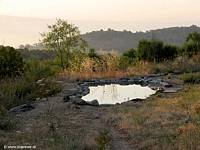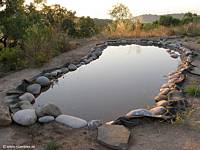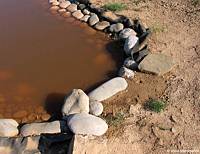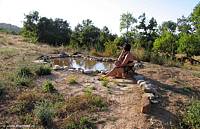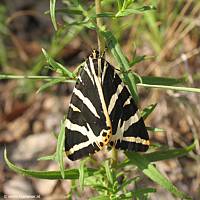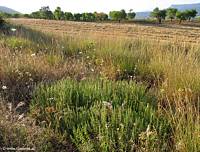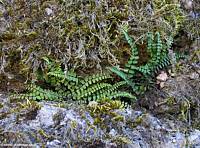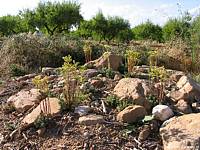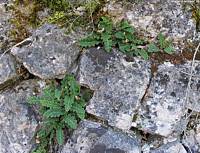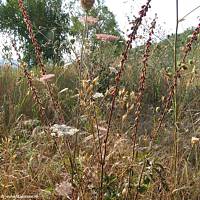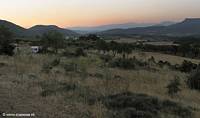|
|
Nature
Switched On
|
|
|
introduction |
2007 July 28 & 29, Saturday & Sunday
|
At sunrise, looking south-east. |
|
Looking south-east. Sunday 7:23 |
||
|
The western inlet. Without an upstanding liner
as a barrier, this is how the surrounding soil can suck the water. |
Blanca at the eastern inlet. Saturday 19:38 |
|
|
This Jersey tiger moth (Euplagia quadripunctaria; South and Central Europe) also prefers the proximity of water. Unlike most other moths, these tiger moths are active by day, in the months of July and August. Not on the photograph is the beautiful red colour of its inferior wings.
|
||
|
Euplagia quadripunctaria on
the highest terrace. |
||
|
Winter savory (Satureja montana) is starting to bloom these days while maintaining at the same time a surprisingly fresh green colour of its leaves; probably only possible because it is actually a dwarf shrub with lignified stems.
|
||
|
Satureja montana on the lower
eastern terrace, looking north. |
||
|
Plants that also manage to stay green in the heart of the summer are the Sedums and Sempervivums of the stone groups and the ferns of the stone walls of the terraces in the shadow.
|
||
|
Asplenium trichomanes
(Maidenhair Spleenwort) on the stone wall of the lower eastern
terrace. Sunday 18:16 |
||
|
The stonegroup at the north corner. In the
background the beginning of a bramble hedge and at the back the
almond orchard of the neighbour. |
Ceterach
officinarum (Scaly fern) on the
stone wall of the central eastern terrace. |
|
|
There is now almost a year gone since we visited the terrain for the
first time on 1 August 2006. The upcoming weeks we will be on
holiday and the next entry for this weblog will probably be in
September so it is perhaps a nice moment to make a short evaluation.
Less surprising is that some plants performed outstandingly (Sedum sediforme, Orlaya grandiflora, Althaea cannabina, Cornus sanguinea e.o.) while others did much worse than expected (Lonicera species, Crateagus monogyna, Jasminum fruticans). A mayor influence could have been the previous period of serious drought while I also have to count with the possibility that previous owners have made abundant use of herbicides and fertilizers. |
||
|
Floral composition of Daucus
carota, Crupina vulgaris, Agrimonia
eupatoria and Petrorhagia prolifera on the lower
western terrace, looking south-east. Sunday 9:05 |
||
|
It has proven a really good strategy to watch the
vegetation for a long period before starting to manipulate it in
whatever way. Although I have not always restricted myself in this
sense, this should be a mayor rule for every wild garden. Nature
goes its own way and comes often up with
solutions which are surprisingly more economical, ecological or
aesthetical. 'Nature Switched On' often means switching off the human impulse of manipulating and controlling. |
||
|
After sun-set, looking
north-west at the Pyrenean mountain range. Saturday 21:23 |
||
|
introduction
|
|
